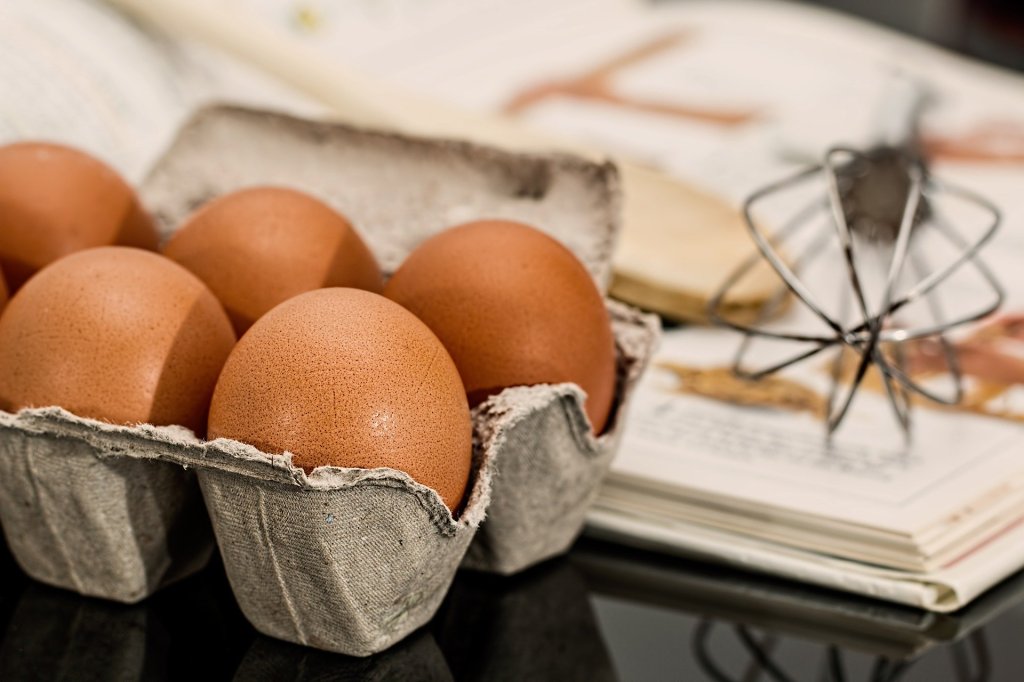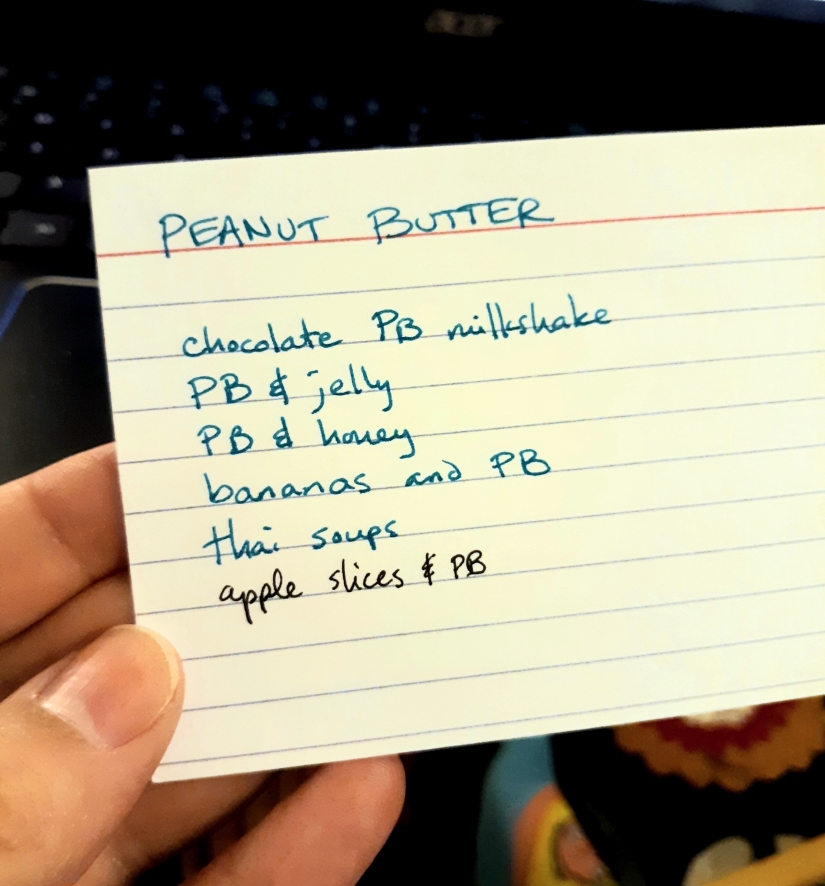
So on March 15th, The Joy of Cooking started a twitter thread:
If you go through it, you’ll see that they end up talking about planning your meals holistically, rather than planning single meals at a time. Specifically, they talk about “tailor[ing] most of your day-to-day cooking to your lifestyle and means, rather than the other way around.” So I imagine that must mean that most of you must go around just picking up the food you need to cook one meal in particular (or a series of meals), and then… do that ad infinitum.
I grew up with not a lot of food security — sometimes there was food, and sometimes there wasn’t. What that means for me now is that sometimes I’m good about eating consistently, and sometimes I’m not so great at it. I live a life where I tailor my cooking to what I’m capable of that day, and I’m never certain what kind of day I’m going to have until I’m in it. On the upside, this means that I keep a wide variety of food around, which is proving itself useful (hey, it’s almost like everyone is food insecure at the moment! At last my time has come).
So here’s a breakdown of how I think about food, and then how I use that thinking to cook around my pantry — I hope they’re useful.
The Food Hierarchy
Sometimes I get into a spot where I can’t figure out what to eat, even though I rationally know that I have a fridge, several cupboards, and a pantry full of food. In those cases, I taught my Alexa bot to ask me a series of questions, which essentially just prioritizes the food I have at hand.
- Are there any leftovers? (If I have leftover, I try and eat them first, since they’ll likely go bad before everything else and I already spent time or money on them.)
- Is there any fresh or perishable food? (Things like fresh fruit/veg and fresh meat go in here, as well as fresh bread — I prioritize these foods over canned or dried goods, since these will spoil before the shelf-stable stuff.)
- If none of the above, check the recipe box. (And this brings me to the pantry items, or stuff that can be mixed/matched in a variety of ways and be good pretty much whenever.)
On any given day, I start with the leftovers, work my way through to fresh food, and then on to shelf-stable items. This way, I keep perishable foods circulating promptly out of my fridge, and my pantry stays pretty well stocked.
Pantry Cooking
Let’s say I get through steps one and two, though, and I’m on to step three. My recipe box is filled with both individual recipes and what I call ingredient indexes — basically cards with a single ingredient listed at the top, and then a list of the recipes I like that can be made with that ingredient underneath. Those recipes can then be referenced on their own individual cards, if necessary.
Here’s an example of one of mine:
This is my peanut butter card. I usually have peanut butter in my cupboard, but I rarely remember that I actually like it on a lot of things. This card allows me to look in my cupboard, see that I have peanut butter, and then figure out what I can do with it. Moreover, I can use my food hierarchy again: Do I have any leftovers that could get turned into one of the above recipes with the addition of peanut butter? If not, do I have any perishables that could be eaten with the addition of peanut butter? And if not, do I have any other shelf-stable foods that could be combined with the peanut butter to make something good?
It’s a small thing, but going through your pantry and writing up a collection of ingredient indexes will help you in the long run (with meal planning) and in the short run (with figuring out what your food situation actually is). And then you can start doing really wild stuff, like remembering the food hierarchy when it comes to whether you really should takeout (do you already have leftovers? do you have anything perishable? or do you have a can of beans and a deep aversion to doing anything with them?)…


